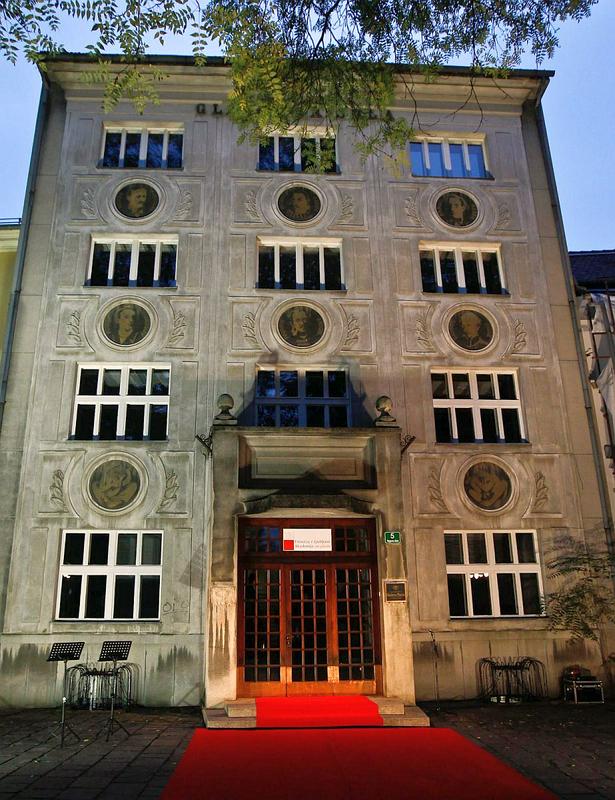
Born into a musical family, Luka Kramolc may have been destined for a career in music, but his impact has been more profound than his family would have ever suspected. His passion for folk music helped to preserve a part of Slovenia’s heritage for generations to come.
Born in 1892 just outside the town of Prevalje in Slovenian Carinthia, Kramolc had music in his blood; both his father and his uncle were organists, and young Luka decided to follow in their footsteps. First, he attended a school for organists in Celje and then continued his studies at the Academy of Music in Vienna. After his father’s death, he was only able to finish his schooling because his relatives stepped in and helped him out. After graduating, Kramolc went on to teach music at several conservatories and high schools.
However, he remained passionate about music from his home region. For many years, he collected folk songs from Carinthia, much of which remained under Austrian rule after World War I. The songs had been passed down orally from generation to generation, and were among the most interesting and lyrical examples of Slovenian traditional music, but most had never been written down. Kramolc was among the first to recognize their value and published several book collections devoted to Carinthian songs as well as folk music from other parts of Slovenia. He authored scholarly articles in various publications and helped to share the wealth of Slovenian folk music with experts.
He also wrote several music textbooks that remained standard works in Slovenian classrooms for years, headed several choirs, and participated in musical programs on the radio.
After Communists came to power in Yugoslavia in the wake of World War II, two of Kramolc’s sons fled abroad, one of them – Ted Kramolc -- eventually becoming a prominent architect and painter in Canada. The authorities did not look kindly on their decision to defect, and Luka Kramolc became politically marginalized. He continued to teach in schools, but he never received any official recognition. He died in 1974 at the age of 81.
A collection of his works and correspondence did survive, however, and is now held by the library in Ravne, not far from his hometown. With growing awareness of his contribution to the preservation of Slovenia’s musical heritage, his works have been exhibited at several recent events. A bust of Kramolc was unveiled in Prevalje in 2002, and a folk group now carries the name of a man who did so much to preserve the musical tradition of his homeland beneath the Alps.

































































